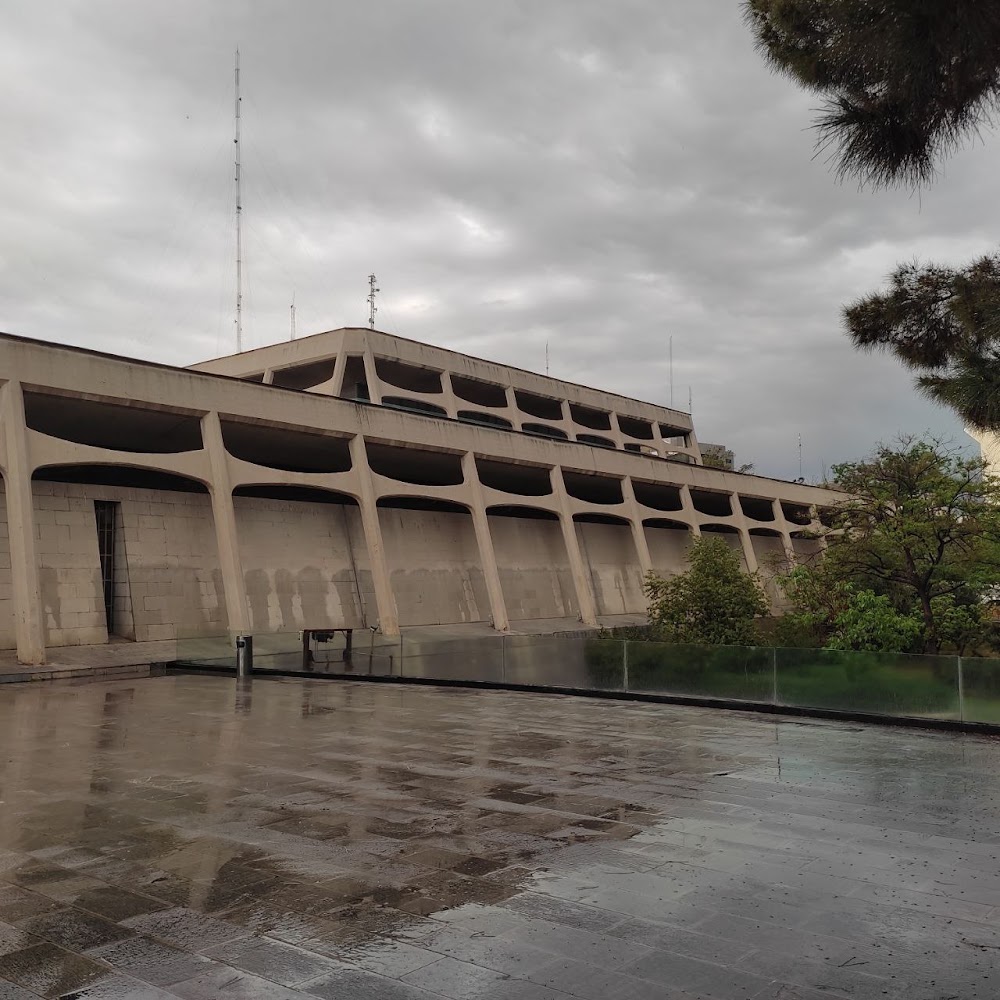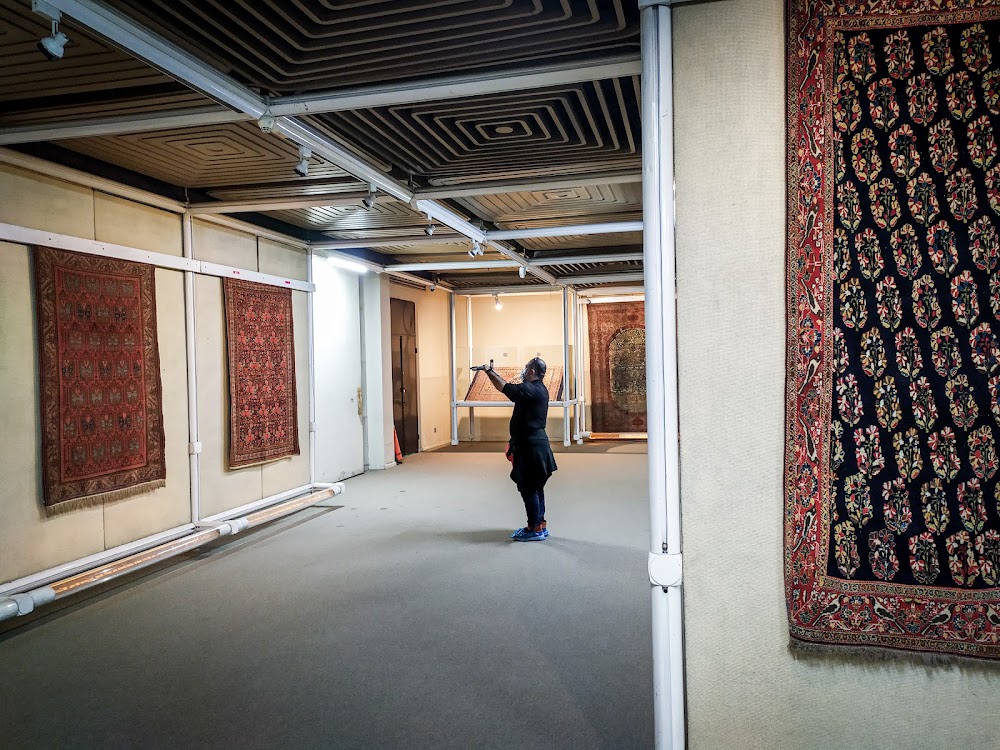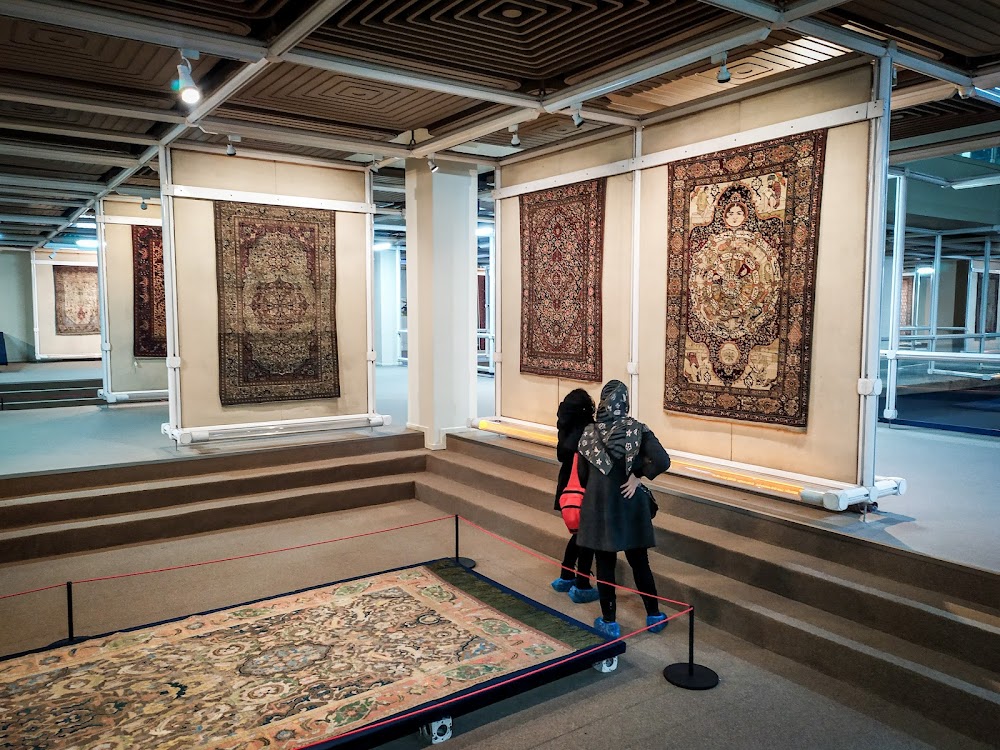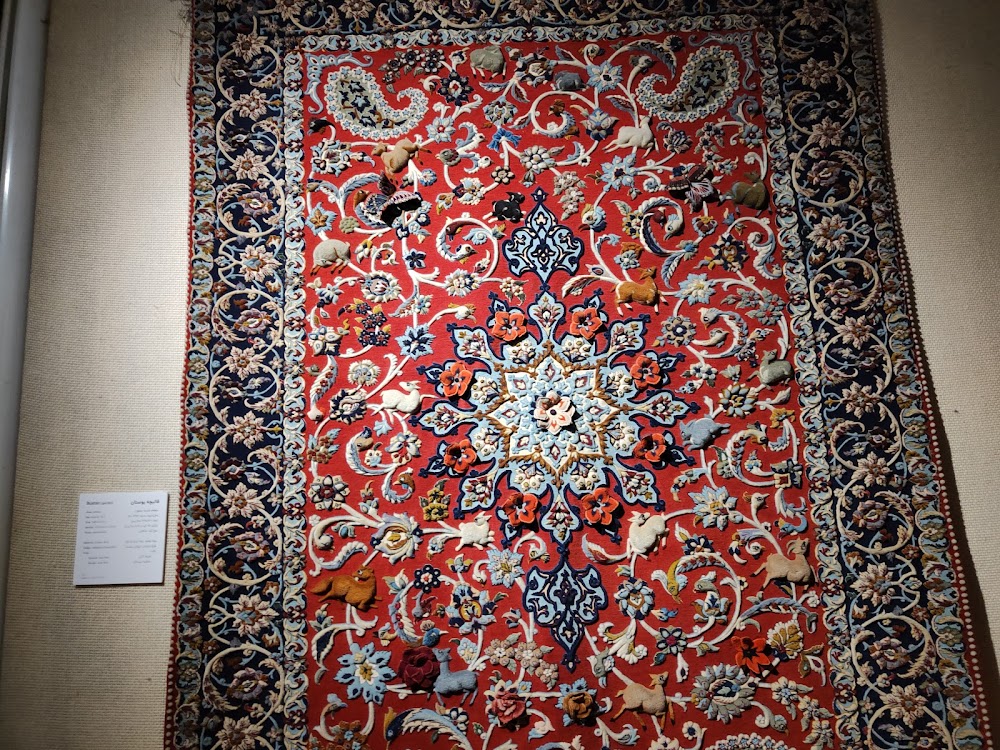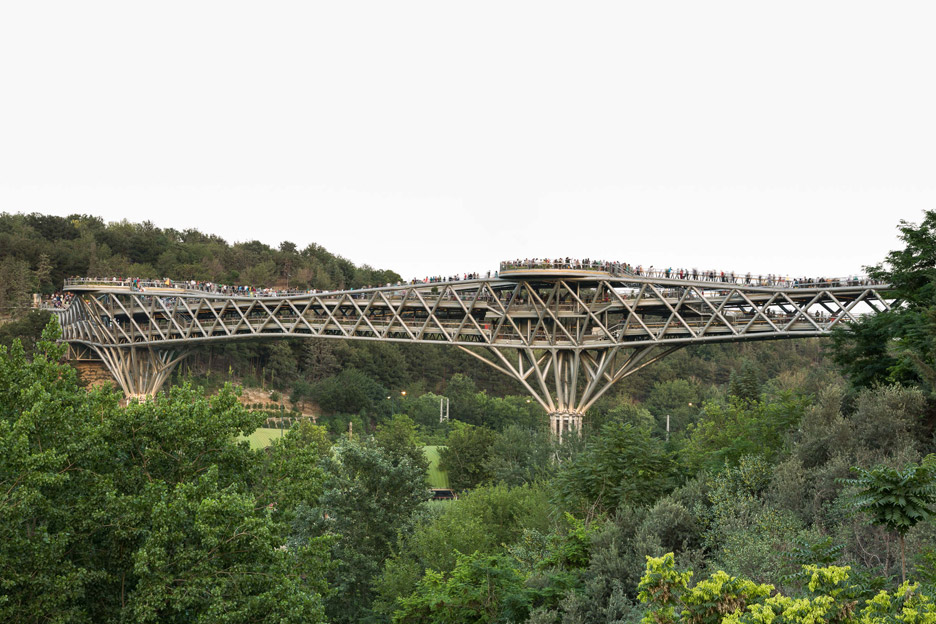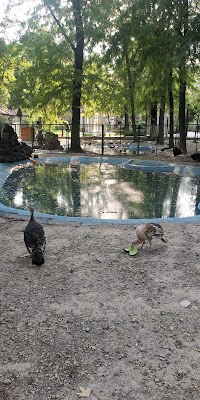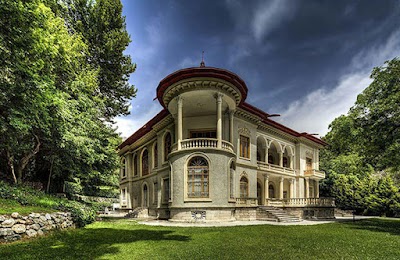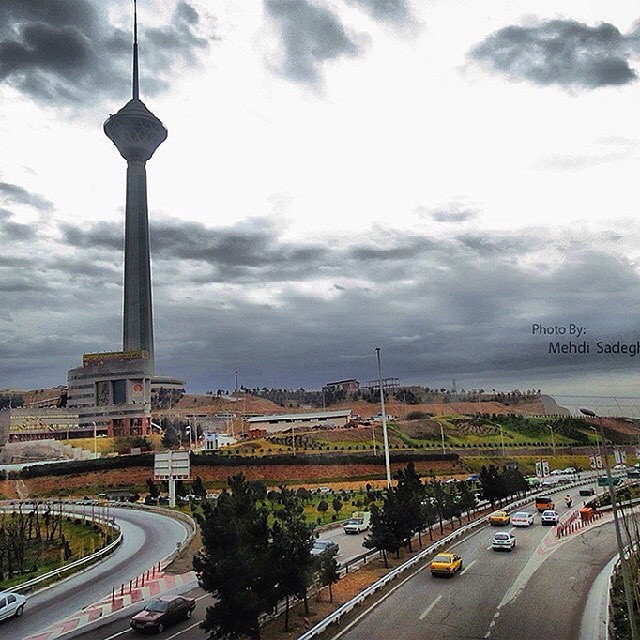Carpet Museum of Iran (موزه فرش ایران)
Related Places
Overview
The **Carpet Museum of Iran**, located in the vibrant capital city of Tehran, stands as a remarkable testament to the nation’s rich cultural and artistic heritage. Established with the primary goal of preserving and showcasing Iran's invaluable collection of handwoven rugs, this unique museum celebrates the intricate designs and masterful craftsmanship that have garnered worldwide acclaim.
The idea for the Carpet Museum first emerged in the 1970s, highlighting the growing need for a dedicated space to exhibit both ancient and contemporary carpets. Officially inaugurated on **February 11, 1978**, the museum's opening coincided with the anniversary of the Islamic Revolution, positioning it as a significant cultural initiative during a transformative period in Iranian history.
Designed by the renowned Iranian architect **Abdol-Aziz Mirza Farmanfarmaian**, the museum's architecture is as captivating as the treasures it houses. The exterior features an intricate lattice structure reminiscent of a carpet loom, symbolizing the essence of carpet weaving. This stunning design not only pays homage to the artistry of weavers but also allows natural light to enhance the museum's interior, creating an inviting atmosphere for visitors to appreciate the woven masterpieces on display.
Inside, the museum is meticulously organized to guide visitors through the evolution of carpet weaving in Iran. The **two-story building** is thoughtfully arranged both chronologically and thematically. The ground floor showcases older and antique carpets, some dating back to the **16th century Safavid era**. These exquisite pieces represent the pinnacle of Persian rug making, with their stunning detail, symmetry, and vibrant colors that have withstood the test of time. Meanwhile, the upper floor highlights contemporary works and explores the rich regional diversity of carpet weaving in Iran, featuring unique styles and motifs from various provinces.
Visitors can explore a variety of carpets that differ not only in age but also in design and purpose. From prayer rugs and kilims (flat-woven carpets) to nomadic creations that narrate stories from Iran’s diverse landscape, the collection reflects the social fabric of the nation. Each display is accompanied by detailed descriptions that offer insights into the materials, techniques, and cultural contexts of the carpets.
The Carpet Museum is also dedicated to **education and research**. Adjacent to the exhibition halls, a library houses an extensive collection of books and documents related to carpet weaving. Scholars and enthusiasts can delve into studies that range from the historical development of carpet patterns to the socio-economic impacts of carpet trading. Additionally, the museum regularly hosts workshops and seminars aimed at preserving traditional weaving techniques and fostering appreciation for this ancient craft among younger generations.
One of the museum's highlights is its commitment to supporting the carpet weaving community. By providing a central platform to showcase their work, the museum helps sustain the livelihoods of many weavers. Collaborating with artisans, the museum ensures the continuity of traditional methods while encouraging innovation and creativity in modern designs.
Visiting the Carpet Museum of Iran is not just an aesthetic experience; it is a journey through history and culture. Each carpet tells a story interwoven with the threads of time, reflecting the artistic ingenuity and cultural values of the peoples who created them. Nestled in the heart of Tehran, the museum serves as a cultural bridge, inviting both Iranians and international visitors to connect with the rich tapestry of Iran’s heritage.
In summary, the **Carpet Museum of Iran** in Tehran transcends being a mere repository of beautiful carpets; it is a cultural and educational institution devoted to preserving and celebrating the art of carpet weaving. From its concept and design to its rich collection and community involvement, the museum stands as a beacon of Iran's enduring legacy in the world of art and craftsmanship.


